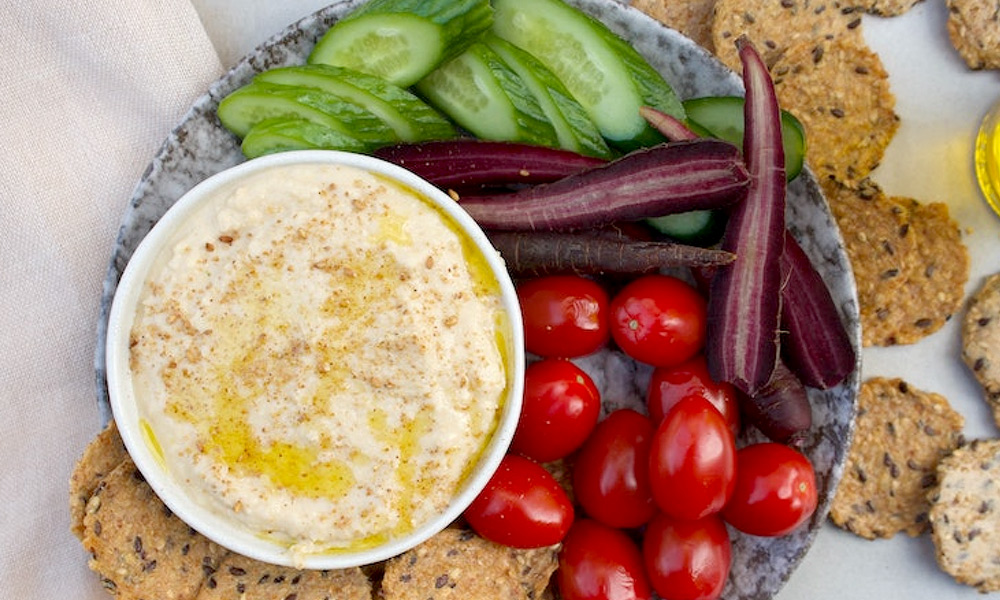After beating cancer, many survivors find themselves facing a new challenge: figuring out what to eat amidst their changing food preferences and a sea of confusing advice. This is one of the biggest reasons that we incorporate nutritional coaching into our program for cancer survivors.
Helping cancer survivors cut through the confusion is one of the primary reasons Jill Merkel decided to become a Survivor Fitness partner.
“There’s so much misinformation and confusion about what to eat or not eat with a cancer diagnosis that people are afraid to eat,” Jill explained. “Helping them to realize that there’s no perfect way of eating and helping them find what is right for them is my main goal.”
Jill encourages participants to pay close attention to how they feel — what foods give them energy and what foods cause them to feel full and satisfied. Focusing on adding things in rather than trying to cut things out is also essential for the individuals she works with.
Since 2019, Jill has offered nutritional coaching to hundreds of Survivor Fitness participants. During that process, she helps survivors design a meal plan with foods that will nourish them. Helping them both navigate the physical and emotional effects of cancer is one of the things that inspires her work.
Whether it’s helping participants realize that small changes can make a big impact or discovering an “aha” moment where their mindset changes from changing their body to fueling their health — Jill has celebrated hundreds of meaningful moments with participants.
“There have been so many positive moments where participants have felt relieved that they could let go of the overwhelm and feeling they need to do nutrition perfectly.” Jill shared. “It is inspirational to see participants finally feel at peace around their body and feel so much better being well-fueled.”
Being able to play a role in helping people feel more empowered after a cancer diagnosis has been incredibly rewarding for Jill. Like other Survivor Fitness partners, she’s grateful for the opportunity to work with participants as they return to health and their lives.
Meet Our Survivor Fitness Partners
At Survivor Fitness, we’re grateful to partner with some of the most experienced nutrition specialists, dietitians, and personal trainers. Our growing network allows us to offer our program to cancer survivors no matter their age, location, or fitness level. You can check out more partner spotlights or learn more about becoming a partner.
Jill is a Registered Dietitian and Certified Intuitive Eating Counselor who specializes in body image, chronic dieting, eating disorders, and sports nutrition. In addition to supporting Survivor Fitness participants, Jill has provided coaching for professional and collegiate athletes along with hundreds of women across the country. Learn more about her coaching and consulting practice here.








